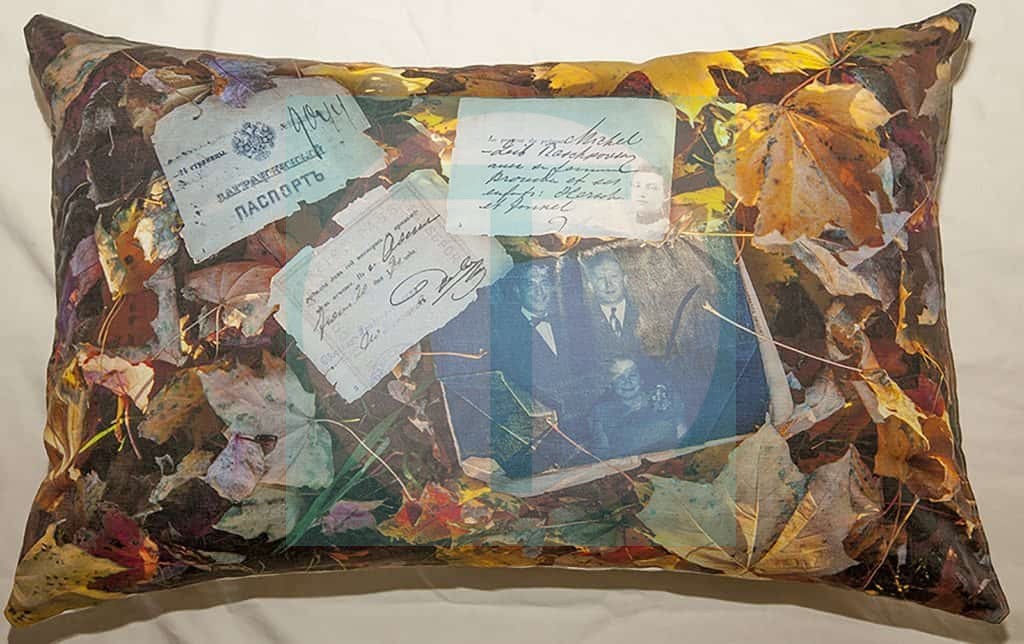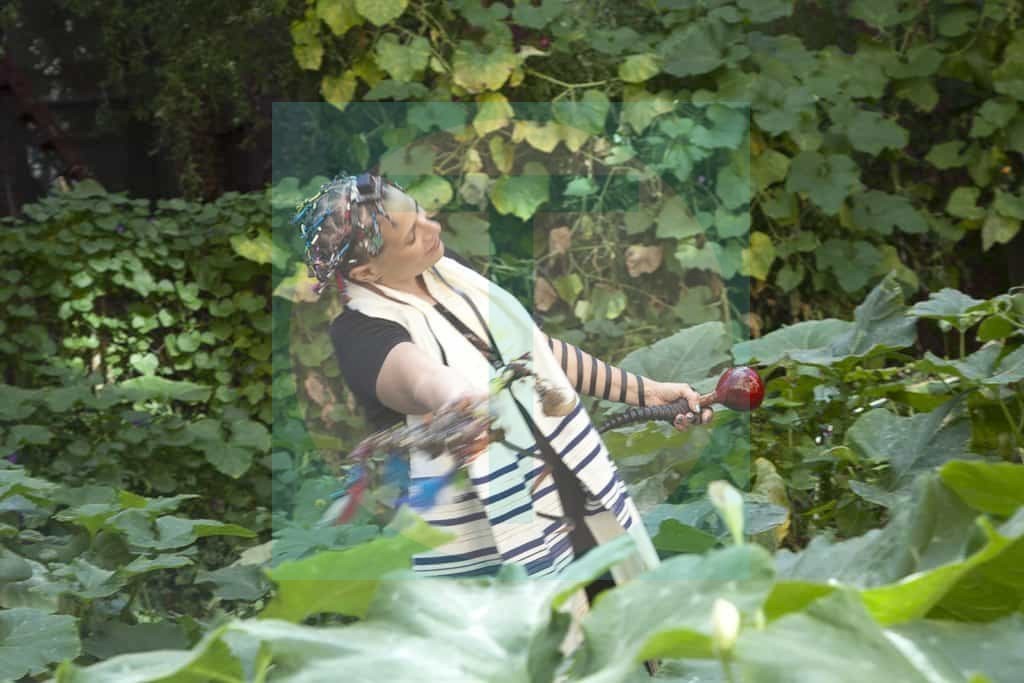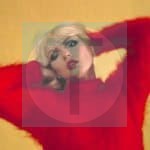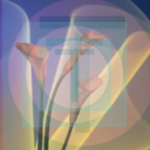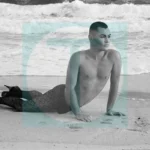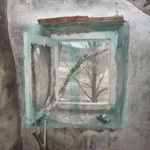“DANCE TO THE MUSIC”
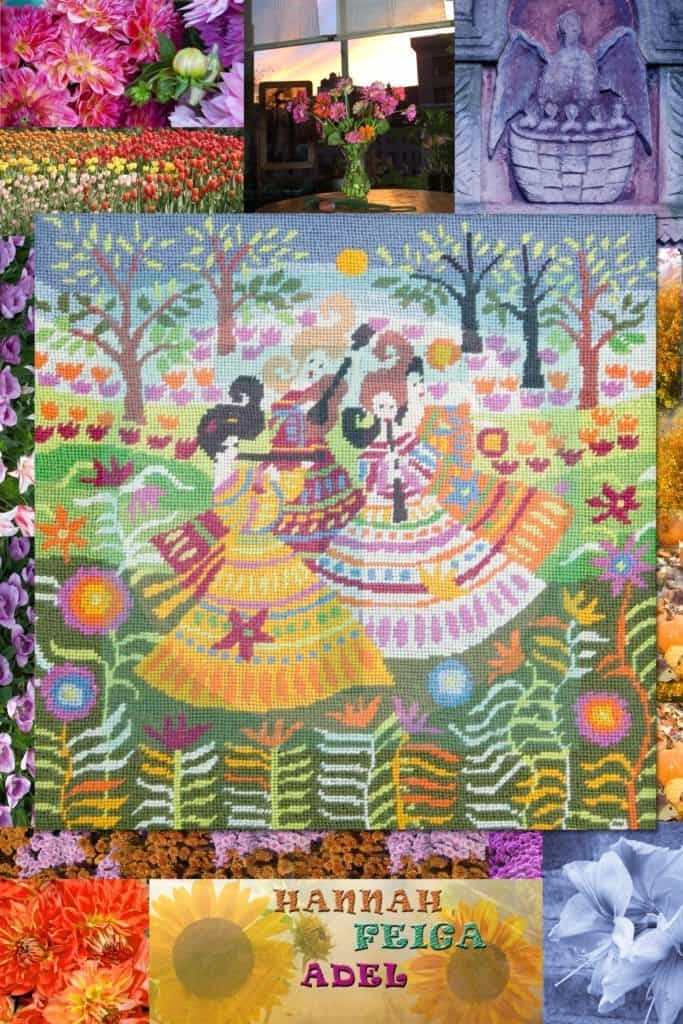
The center image in “DANCE TO THE MUSIC,” is from an embroidery with a joyous, folk-style theme that was hand-stitched by my mother and which acknowledges my own female heritage. I combined the embroidery with images that were photographed from my studio window, with seasonal flowers, and with a female gravestone, (photographed in Chernevtsi, the Ukraine), as there are no stones to mark the women’s graves from this historic family.
In this art-work I am welcoming Hannah, Adel and Feiga to our Sukkah and honoring their legacy with the hope that they become a stronger branch on a great dynastic tree.
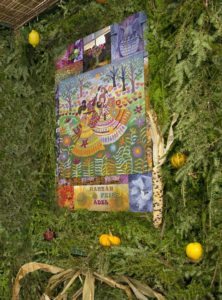
“L’SHANA TOVAH.” Jewish New Year Cards. 2015


“DISTANT COUSINS.” 2011
On the day of her Bat Mitzvah, thirteen-year-old Faith, adorned with an embroidered tallit, is standing in front of a stained glass window at her synagogue in New Jersey USA.
Rena, a twelve-year-old in Banda Aceh, Indonesia, lost her parents to the Asian tsunami. She is wearing a jilbab, symbolizing adherence to Allah’s commandments in the Qur’an, the Islamic holy text.
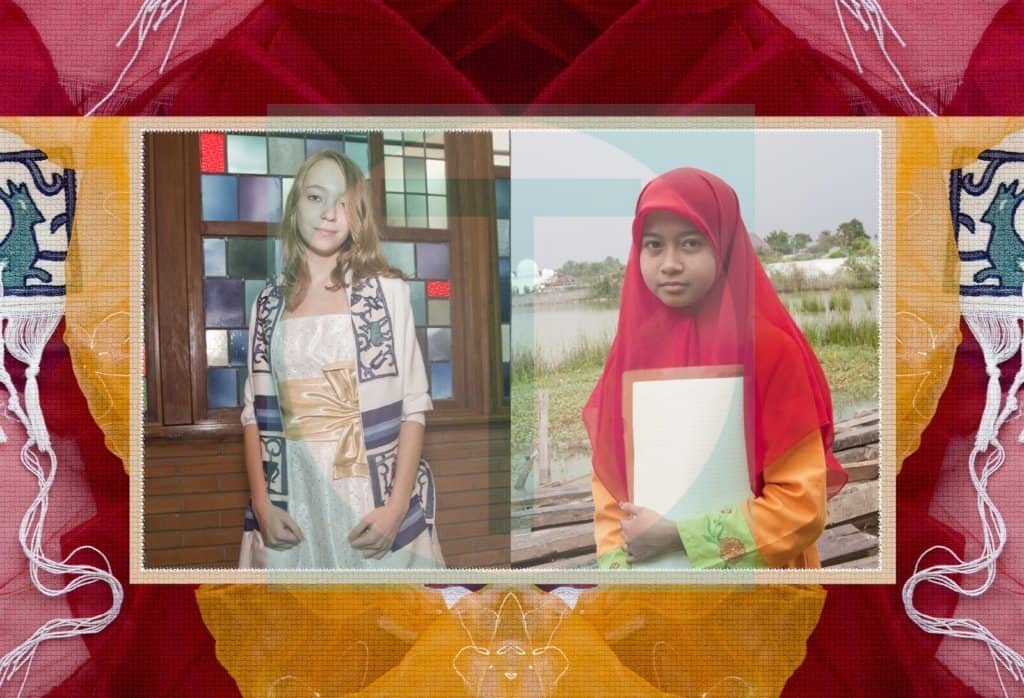
 “WHO DO YOU BELIEVE IN.” 2015
“WHO DO YOU BELIEVE IN.” 2015
I photographed the graffiti drawing on a cell wall of the Women’s Wing at the abandoned Essex County State Penitentiary, in North Caldwell, NJ. Both the text and the inmate’s haunting, hand-drawn portrait poignantly illustrate one of the fundamental questions we ask about life.
I paired it with “Hallelujah,” written by Leonard Cohen and performed here by K.D. Lang, because the prayer-like music affirms a faith in life and love amidst doubts. Cohen has said the iconic song represents “absolute surrender in a situation you cannot fix or dominate.”
Alone, within the steel bars of her cage-like cell, I can imagine the figure in the drawing listening to the repeated one-word chorus coming through the open ceiling above her. According to the song, even those of us for whom “it all went wrong” can experience transcendence. As Cohen writes: we “stand before the Lord of Song/ with nothing on [our] lips but a cold and broken Hallelujah.”
“BROKEN GLASS.” 2017
I was gentrified out of my downtown NYC loft, my home of 40 years. It was a beautiful space, a serene and inspiring sanctuary from the outside world. The owner couldn’t legally get me to leave. The owner tried many destructive ways to make me feel unsafe and traumatized. His workmen “accidentally” punched a hole in the wall of my bathroom, destroying my glass medicine cabinet. Soon after, a fire exploded into the bedroom where I was sleeping. I was fortunate to escape with only smoke inhalation.
Images of the historic architectural view from my loft’s front window are composited into the digital image of my glass-strewn and shattered medicine cabinet. Cotton fibers and torn pieces of sandpaper are then collaged onto the archival digital print.

“TAMAR CLAIMS HER RIGHTS.” 2014
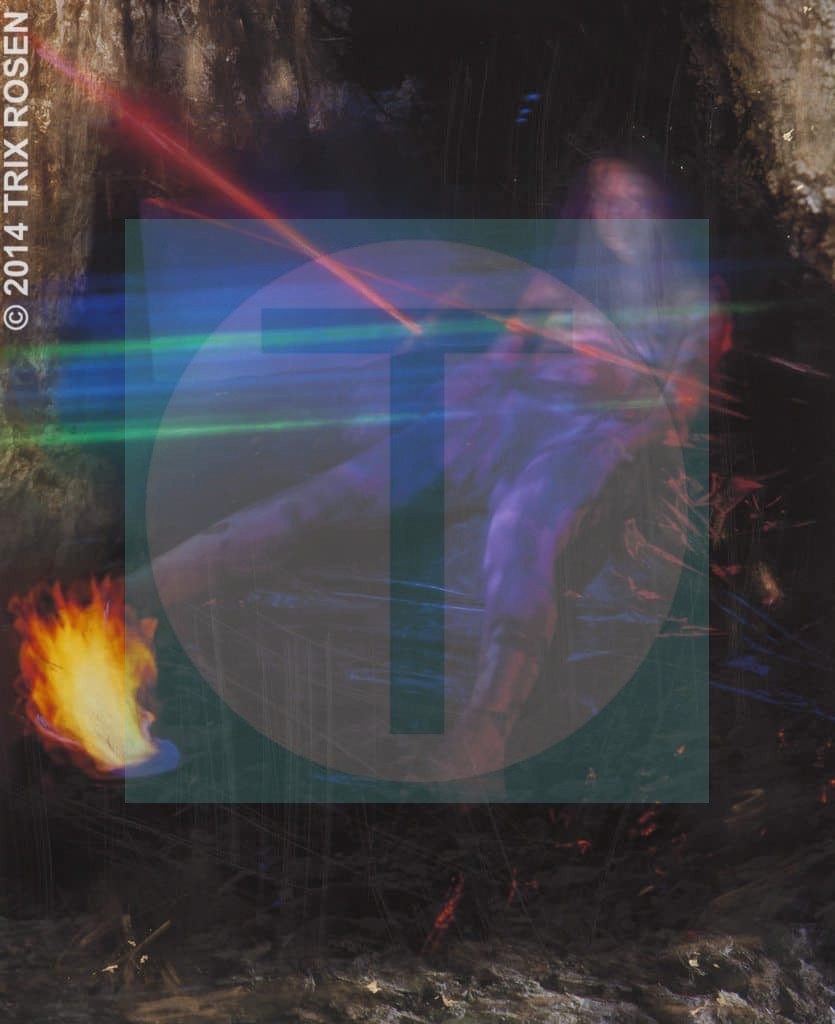
“HAGAR ENCOUNTERS GOD BY THE SPRING.” 2014
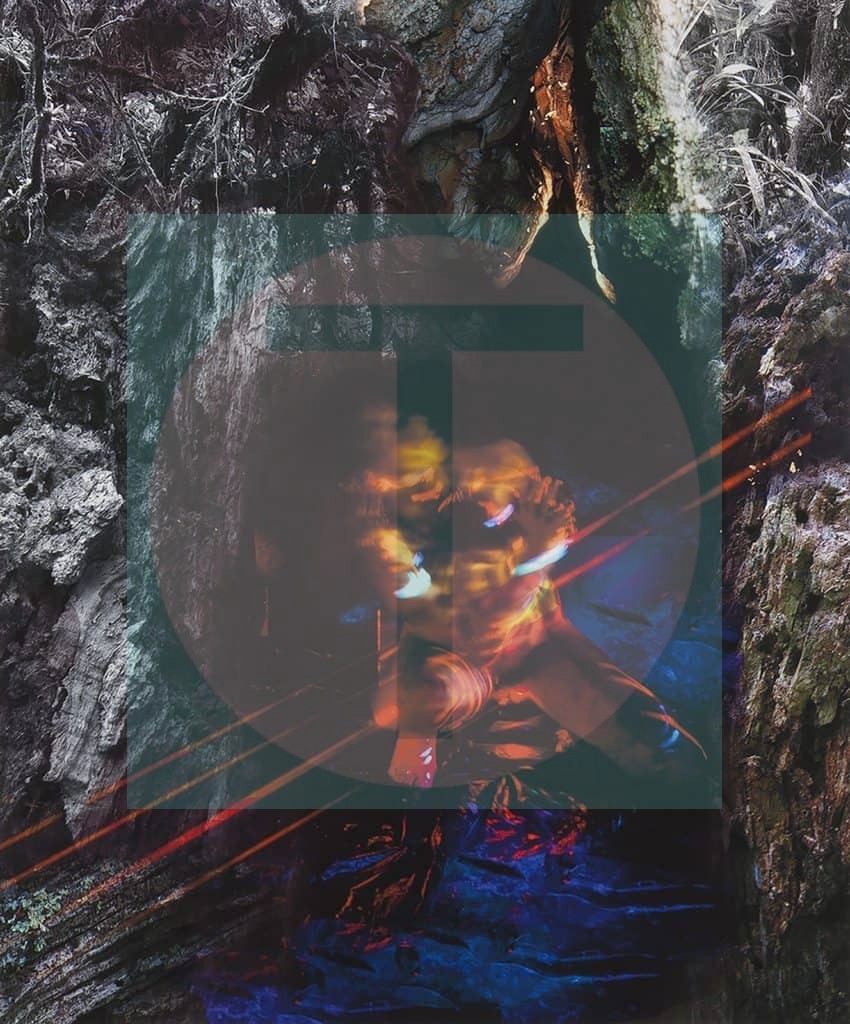
“WRESTLING WITH LEVITICUS.” No. 1, 2012

I documented her putting on the garments and followed her gestures as she expressed her pain, anger, confinement and claustrophobia within the shrouds. Susan’s performance informed my composition and narrative content. Each frame became a commentary on the text.
For this installation and for my photographs to offer another commentary on the story I found an intersection between the performance and the gestures, where the bound figure as a sculptural form goes beyond the personal documentation into its own autonomy.
“WRESTLING WITH LEVITICUS.” No.2, 2012
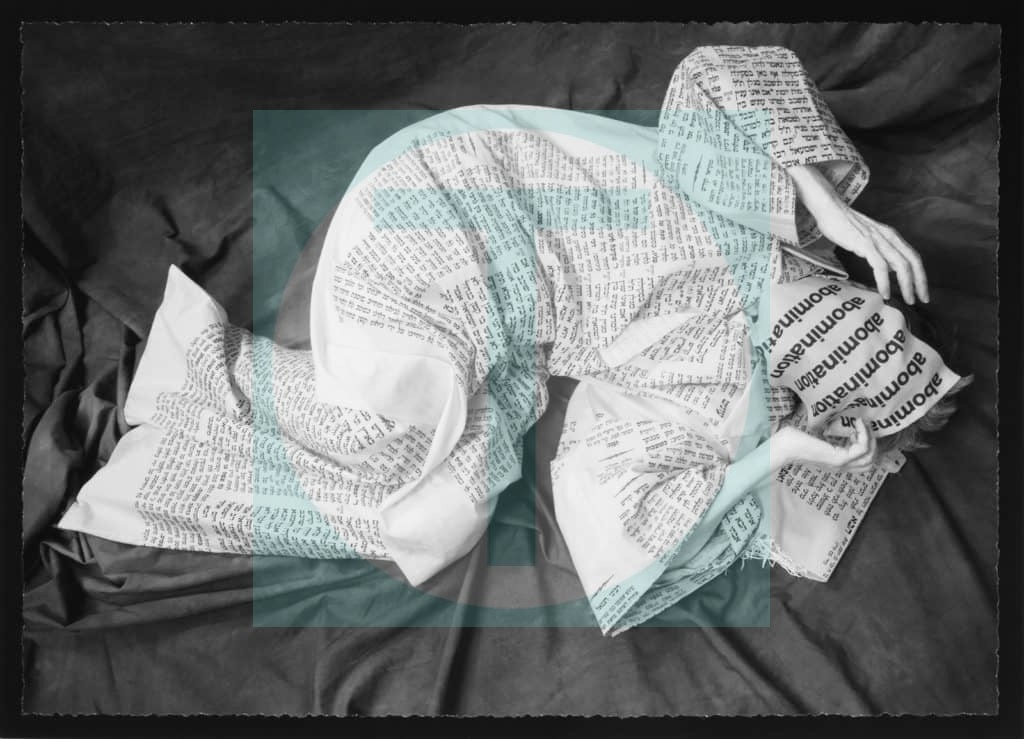
“JUDITH’S SPIRITUAL JOY.” 2012
“SELF-PORTRAIT with MY FATHER’S TEFILLIN AND TALLIT.” 2012
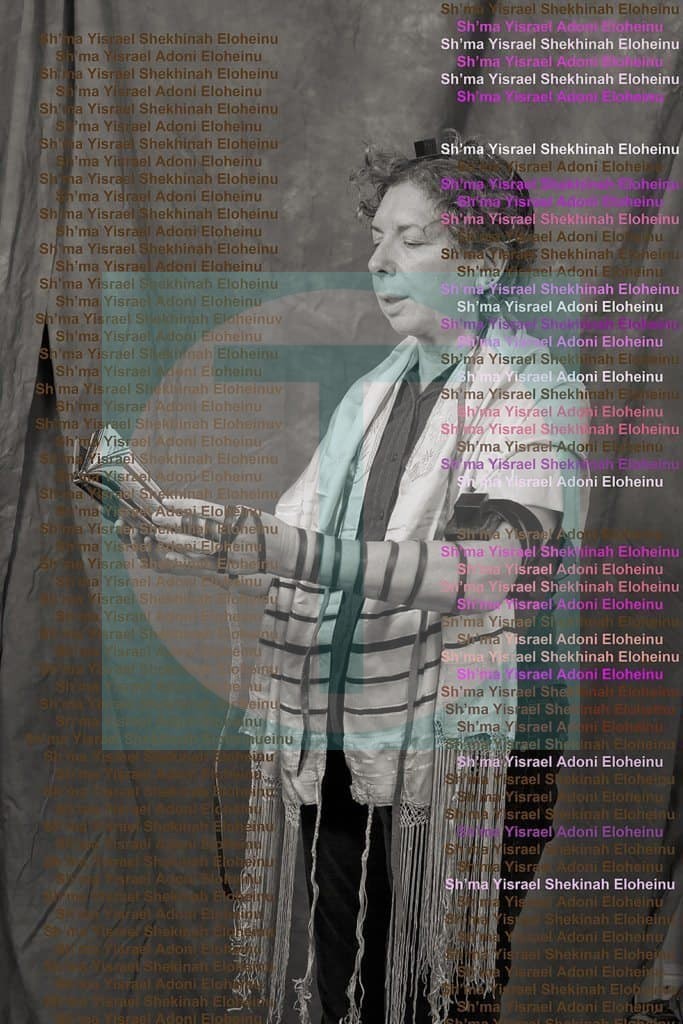
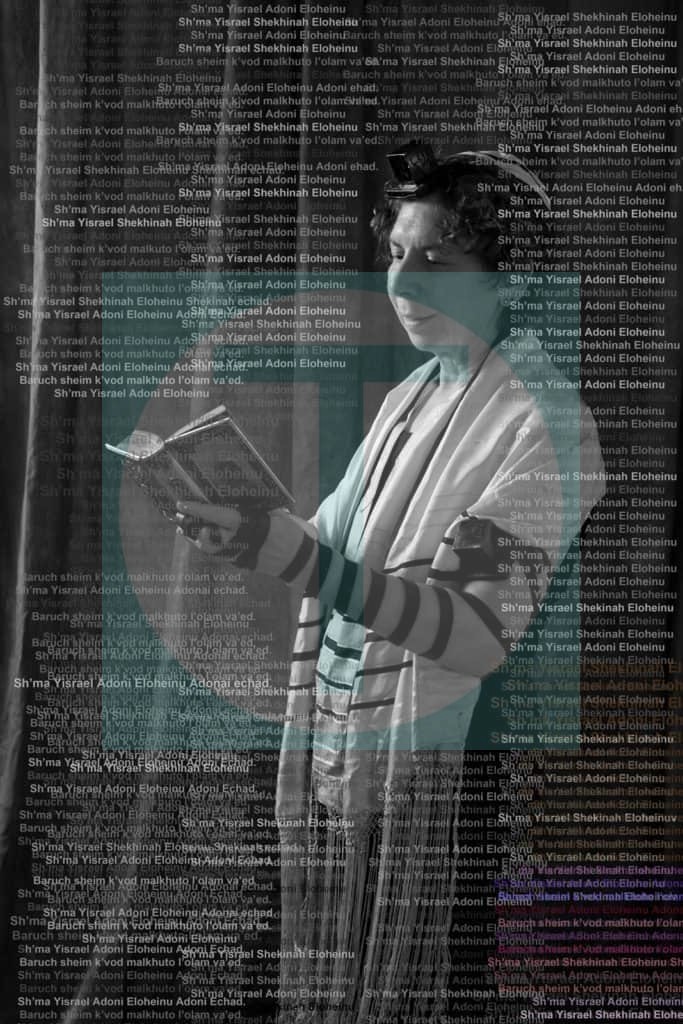
“TWO GENERATIONS.” 2016
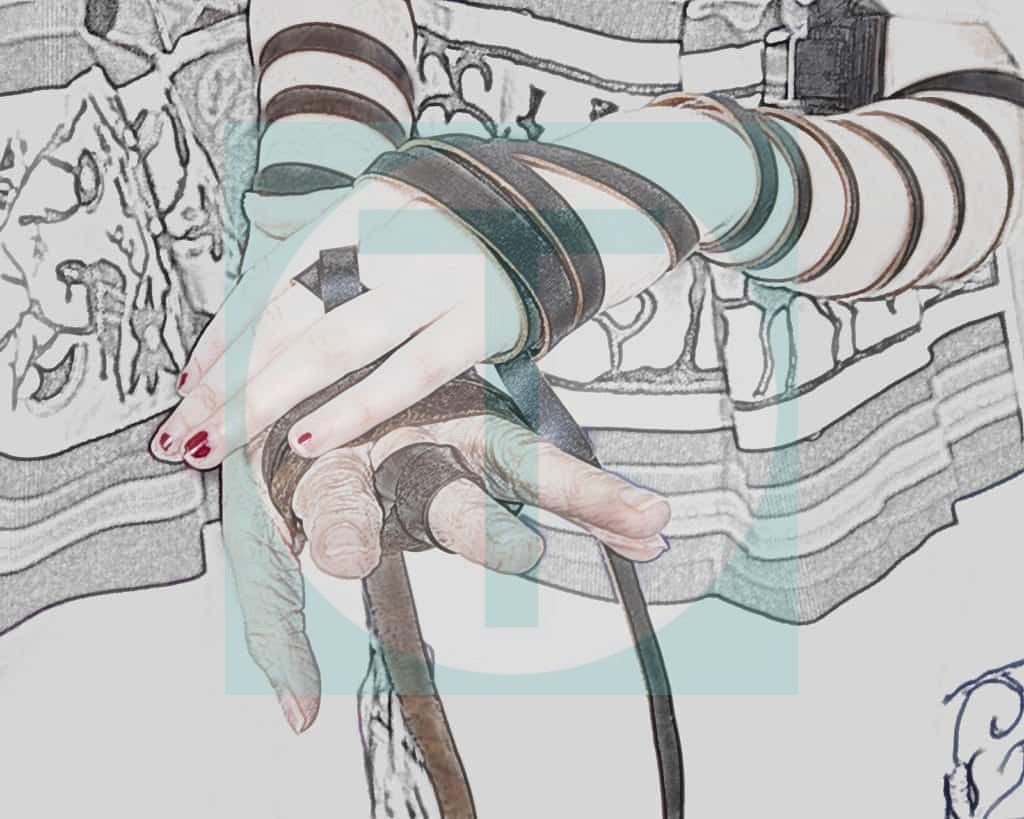
“ANNA SITTING ON THE MOON.”
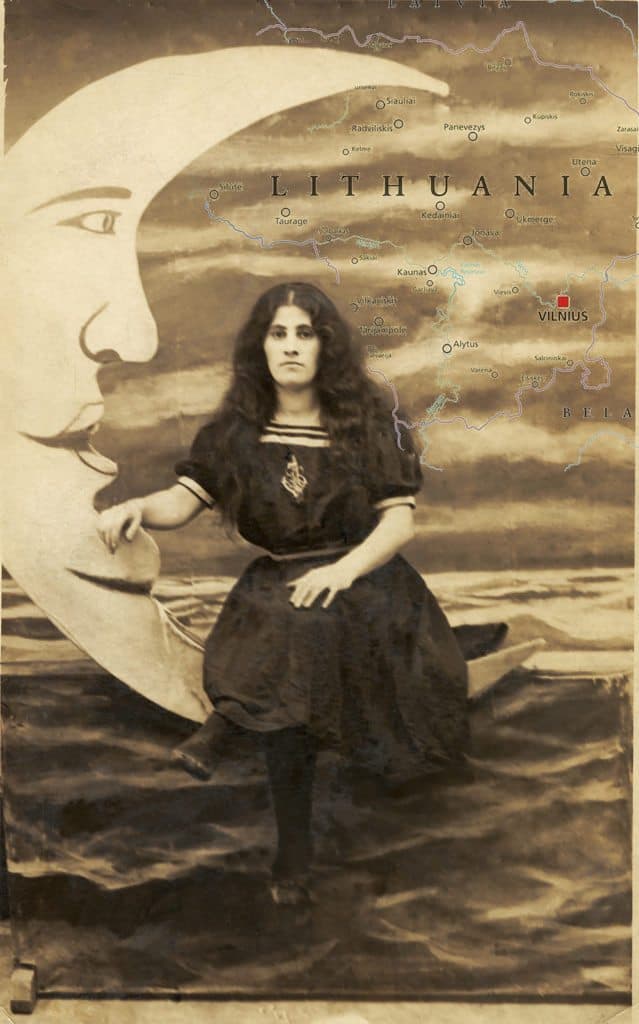
“PILLOW FOR MY GRANDFATHER.”
I photographed the remnants of his antiquated passport in the detritus of the scattering leaves left from Sandy, the 2012 Hurricane that struck the East Coast of the U.S. with a deadly force.
A portrait of young Brucha (now Bella) as she looked when she first arrived in America is collaged onto a page of Michel Leib’s Russian passport. A photo of his wife and two sons from 1946, thirty-five years after their arrival in America, is memorialized onto his weathered passport cover.
